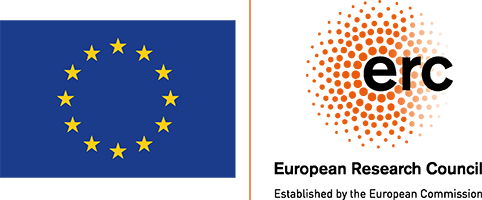
Project Team
Patrick Hähn
Student Helper
Former members / graduates
Dr. rer. nat. Jonathan Klein
PhD Researcher
E-mail: kleinj@…
Dr. rer. nat. Sebastian Thiel (né Werner)
PhD Researcher. Now at Max Planck Institute for Radio Astronomy.
E-mail: werners@…
Dr. rer. nat. Julian Iseringhausen
PhD Researcher / Postdoc (now at Google Research)
E-mail:
Candice Ottersbach
Bachelor’s StudentPublications
Rendering Iridescent Rock Dove Neck Feathers
Weizhen Huang, Sebastian Merzbach, Clara Callenberg, Doekele G. Stavenga, Matthias B. HullinIn Proceedings of SIGGRAPH 2022 (Conference Papers), 2022.
A practical appearance model for iridescent feathers.
A Microfacet-based Hair Scattering Model
Weizhen Huang, Matthias B. Hullin, Johannes HanikaComputer Graphics Forum 41 (4) (Proc. EGSR 2022), 2022.
The first fiber scattering model based on physically plausible macro-, meso-, and microgeometry.
Super-Resolution Time-Resolved Imaging Using Computational Sensor Fusion
Clara Callenberg, Ashley Lyons, Dennis den Brok, Areeba Fatima, Alejandro Turpin, Vytautas Zickus, Laura M. Machesky, Jamie A. Whitelaw, Daniele Faccio, Matthias B. HullinScientific Reports (Nature Publishing Group) 11, 1689 (2021), https://doi.org/10.1038/s41598-021-81159-x, 2021.
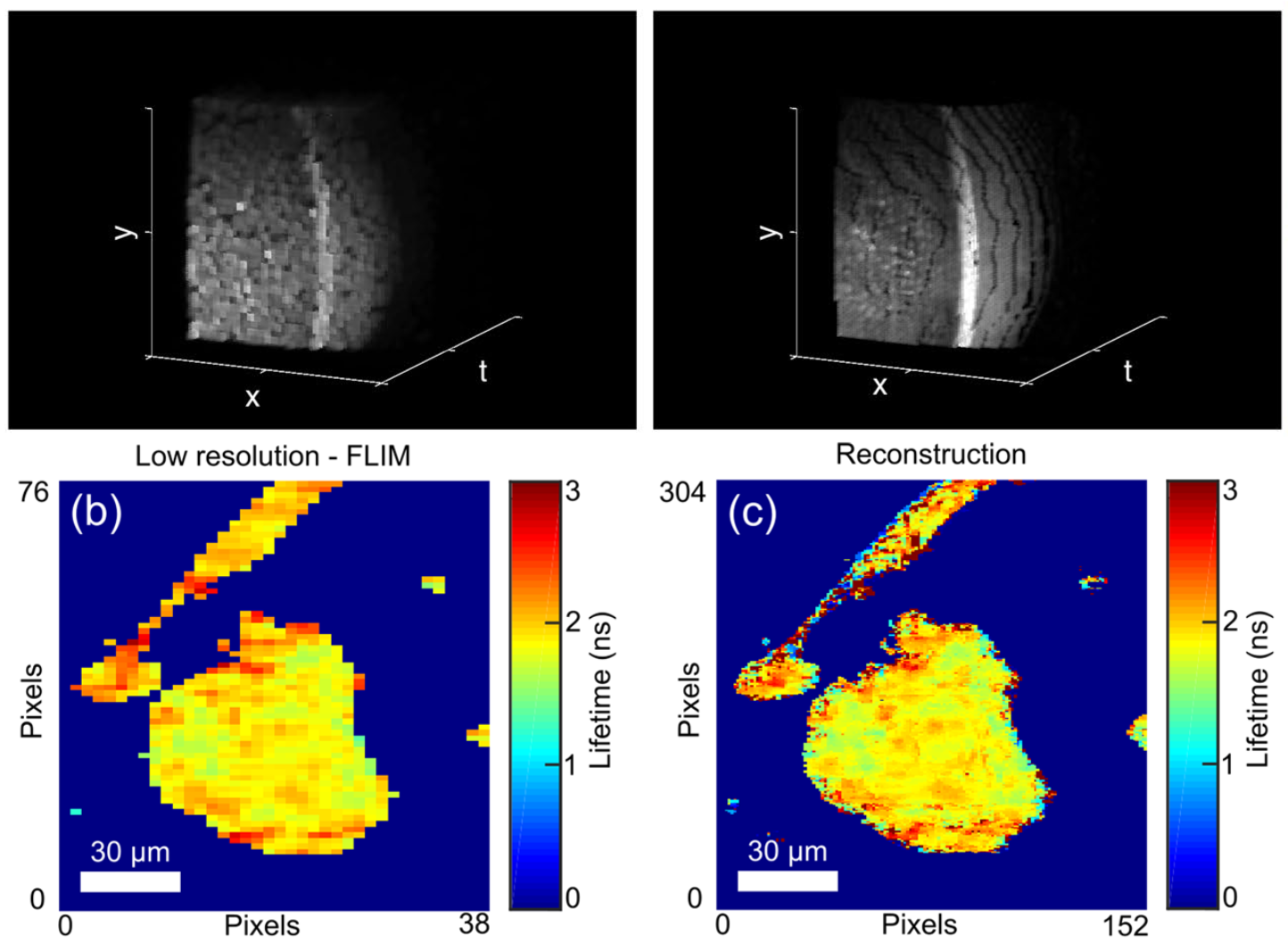
Low-Cost SPAD Sensing for Non-Line-Of-Sight Tracking, Material Classification and Depth Imaging
Clara Callenberg, Zheng Shi, Felix Heide, Matthias B. HullinACM Transactions on Graphics 40 (4), Article 61 (Proc. SIGGRAPH 2021), 2021.
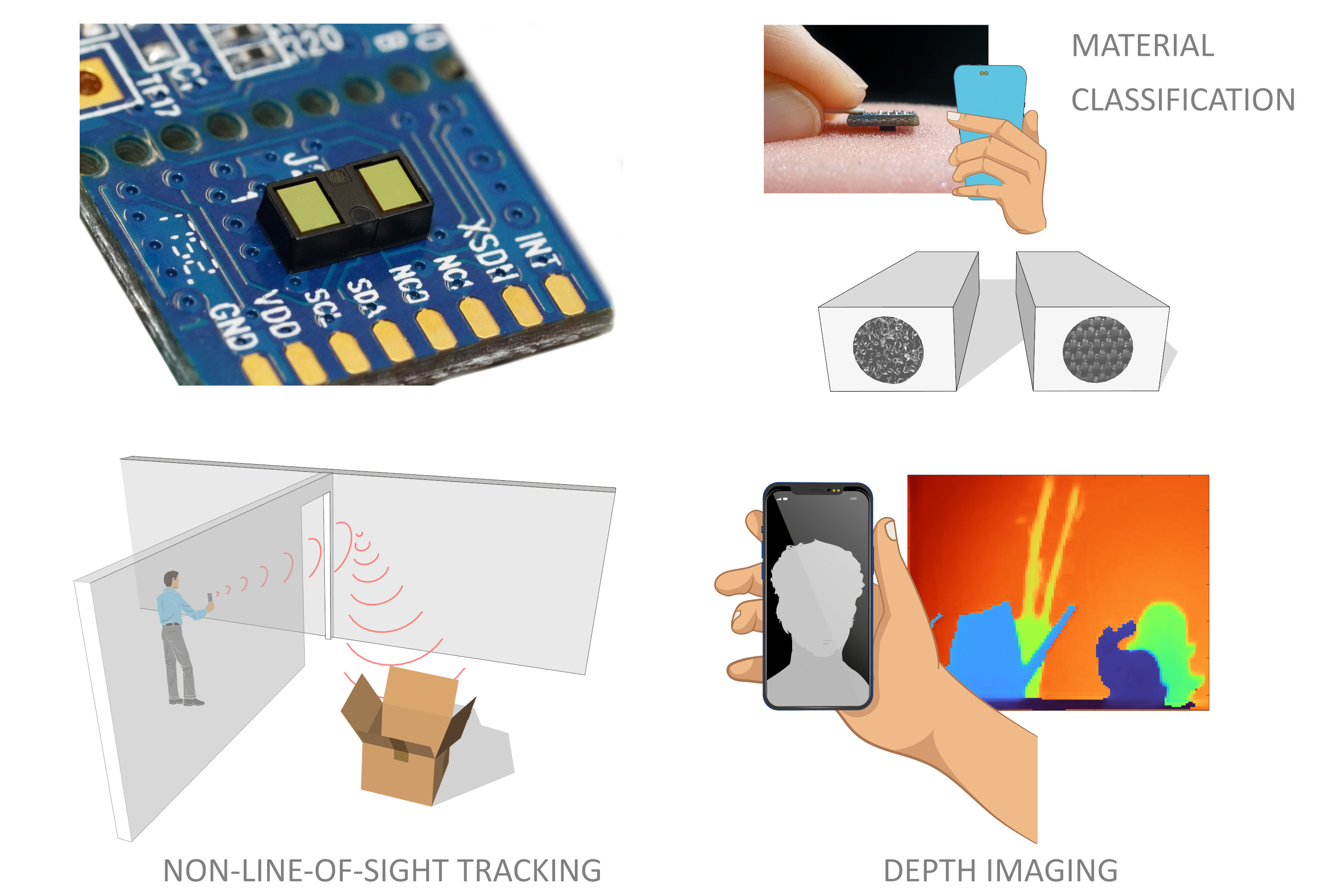
Non-Line-of-Sight Reconstruction using Efficient Transient Rendering
Julian Iseringhausen, Matthias B. HullinACM Transactions on Graphics 39 (1), 2020.
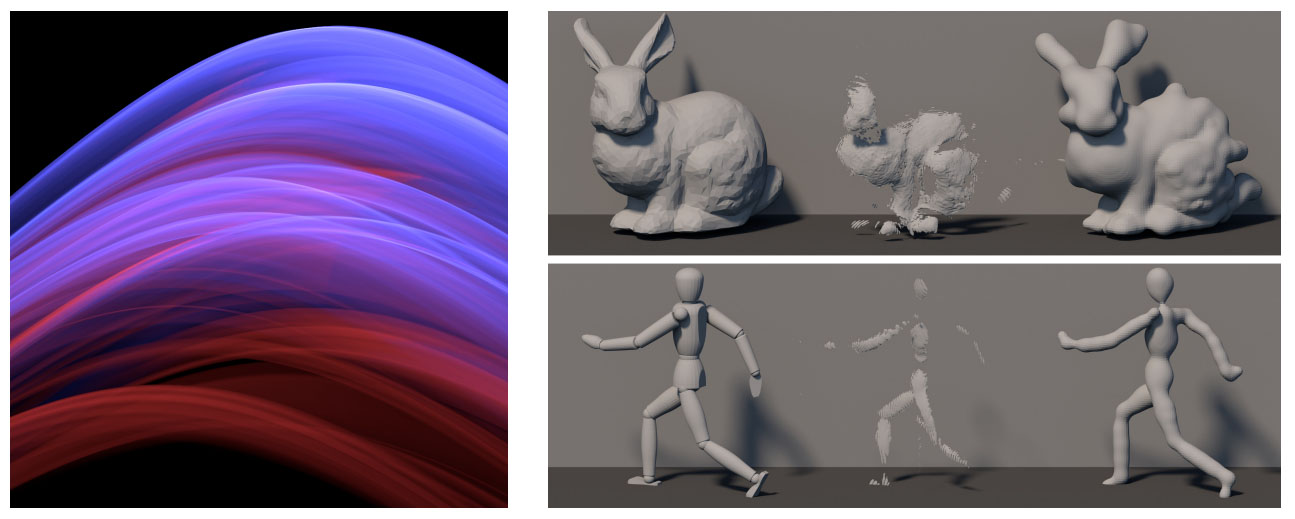
In this paper, we present an efficient renderer for three-bounce indirect transient light transport, and use it to reconstruct objects around corners to unprecedented accuracy.
Computational Parquetry: Fabricated Style Transfer with Wood Pixels
Julian Iseringhausen, Michael Weinmann, Weizhen Huang, Matthias B. HullinACM Transactions on Graphics 39 (2), 2020.

A new computational woodworking technique enabled by analysis of features found in natural materials.
Chemomechanical Simulation of Soap Film Flow on Spherical Bubbles
Weizhen Huang, Julian Iseringhausen, Tom Kneiphof, Ziyin Qu, Chenfanfu Jiang, Matthias B. HullinACM Transactions on Graphics 39 (4) (Proc. SIGGRAPH), 2020.
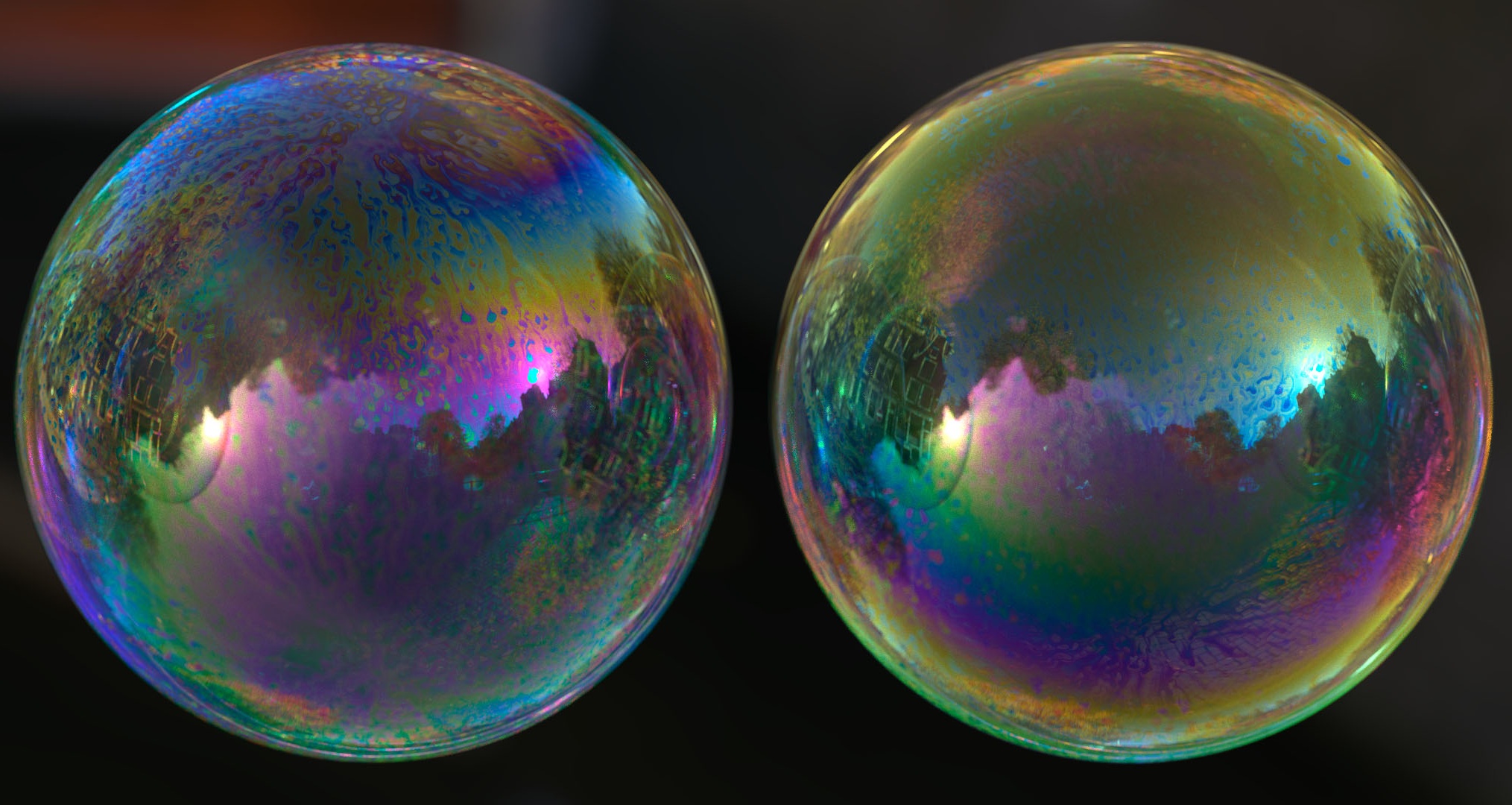
A framework for simulating the intricate flow within spherical soap films.
Deep Non-Line-of-Sight Reconstruction
Javier Grau Chopite, Matthias B. Hullin, Michael Wand, Julian IseringhausenProc. IEEE Conference on Computer Vision and Pattern Recognition (CVPR), 2020.
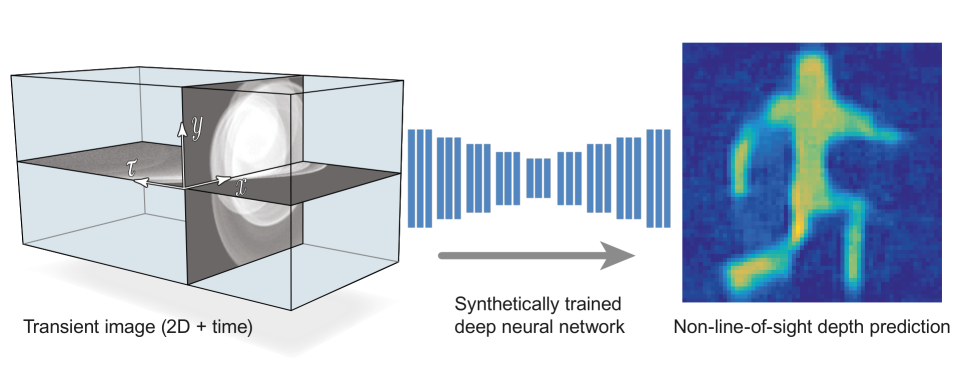
The first deep-learning framework for reconstructing object shapes around a corner.
Trigonometric moments for editable structured light range finding
Sebastian Werner, Julian Iseringhausen, Clara Callenberg, Matthias B. HullinProc. Vision, Modeling and Visualization, Rostock, Germany , 2019.
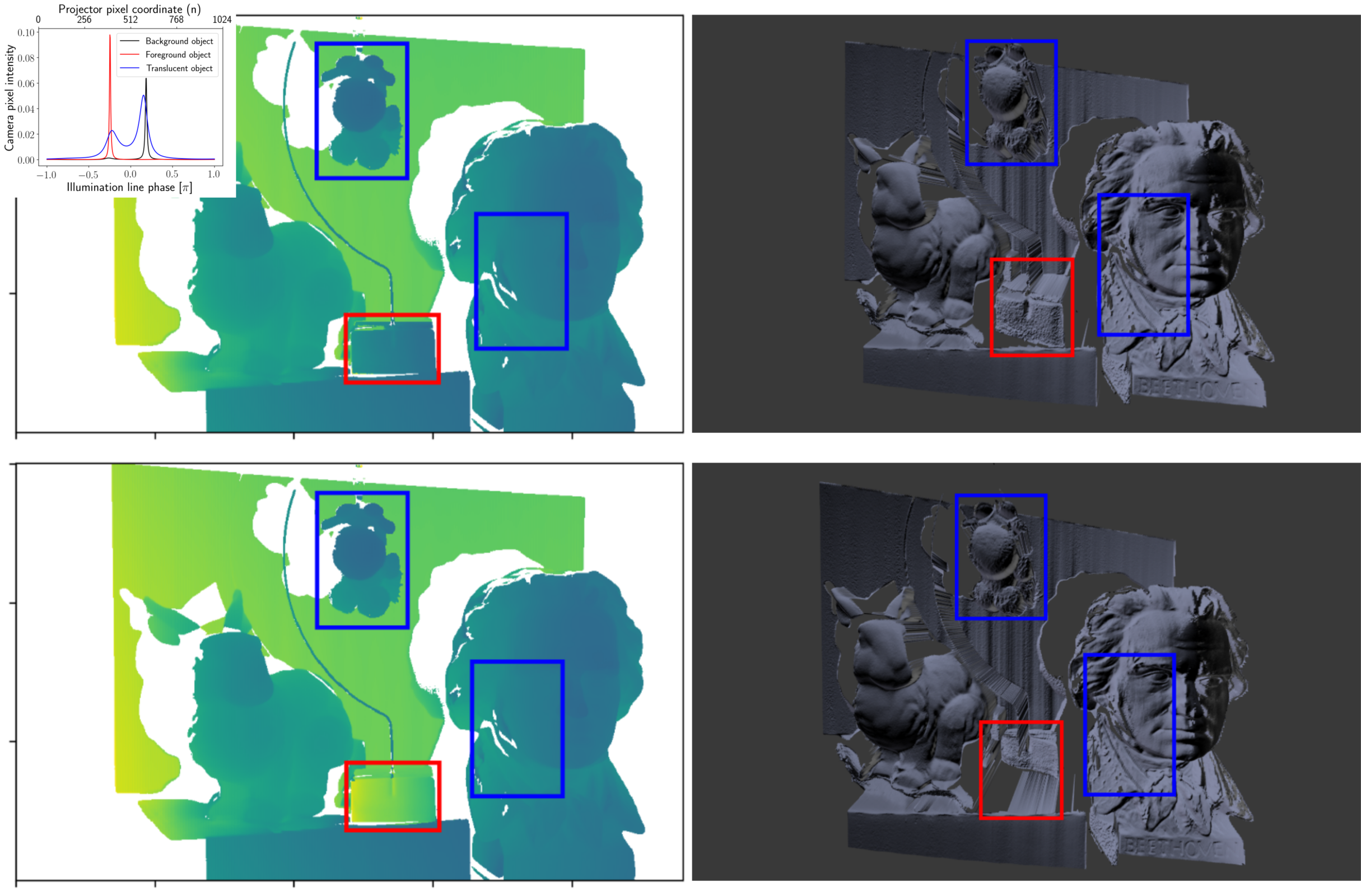
We enhance existing structured light phase shifting methods by using trigonometric moments.
A Quantitative Platform for Non-Line-of-Sight Imaging Problems
Jonathan Klein, Martin Laurenzis, Dominik L. Michels, Matthias B. HullinIn Proceedings of British Machine Vision Conference (BMVC 2018), Northumbria University, Newcastle, UK, September 3-6, 2018, 2018.
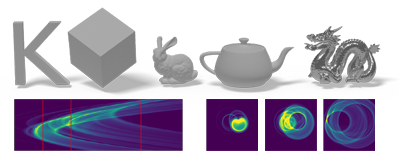
In this paper, we present a reference database of time-resolved light echoes for non-line-of-sight sensing.